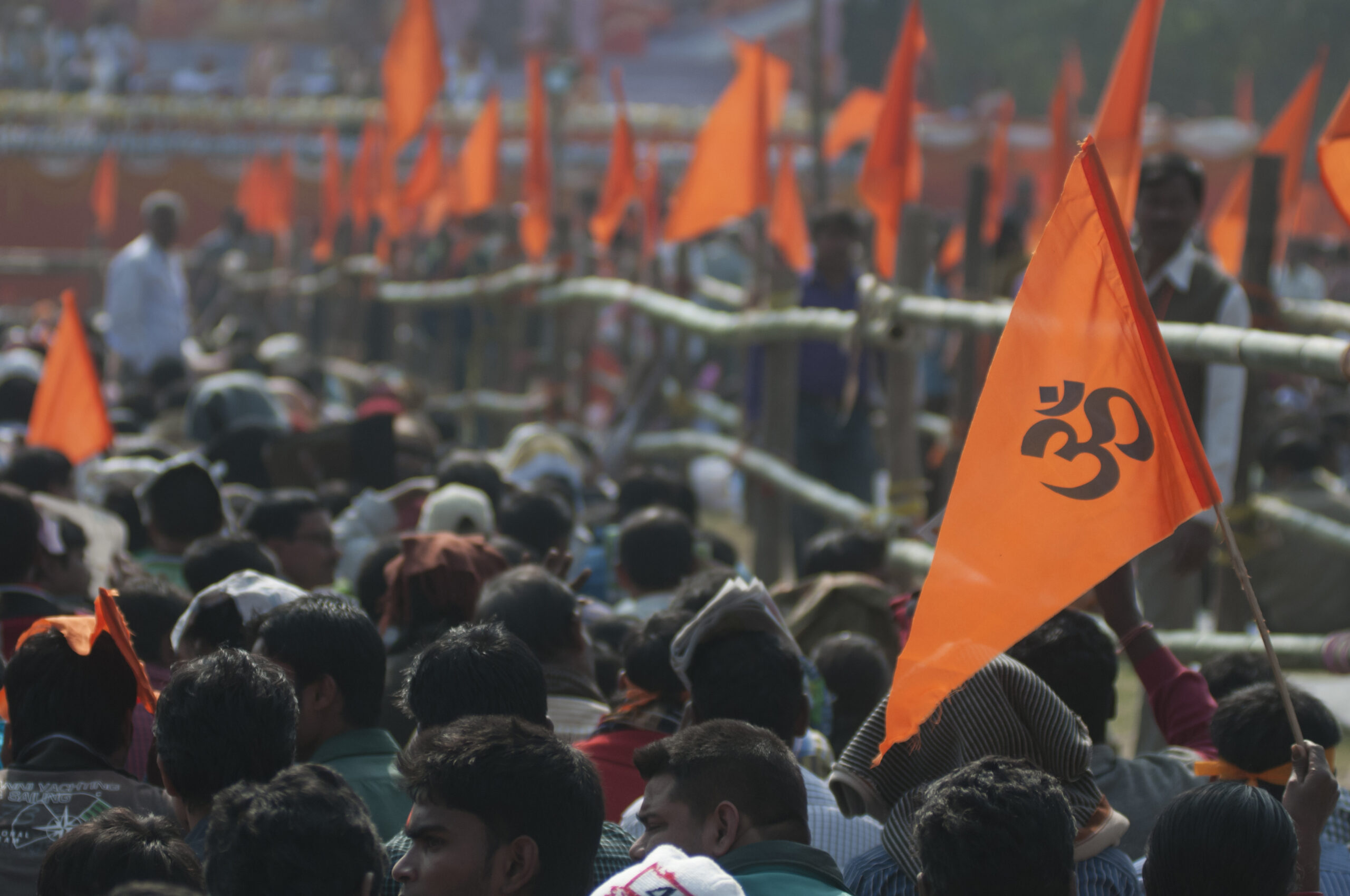
Over two decades ago, Professor Pralay Kanungo outlined the ways in which Hindutva politics and its organisational strategies adapt to the diverse cultural, social, religious, and political conditions in Odisha. His analysis demonstrated how Hindutva politics led by the Rashtriya Swayamsevak Sangh (RSS) and affiliated organisations could effectively navigate and integrate into the unique cultural landscape of Odisha, ensuring their ideology resonated with local sentiments. By meticulously examining these adaptive strategies, Professor Kanungo’s work provides critical insights into the historical roots to understand contemporary success of Hindutva politics in the state.
In his seminal article, “Hindutva’s Entry into a ‘Hindu Province’: Early Years of RSS in Orissa,” Professor Kanungo provides a comprehensive analysis of the initial phases of Hindutva politics led by the Rashtriya Swayamsevak Sangh (RSS) in Odisha. This work serves as a crucial lens to understand the current electoral successes of Hindutva politics in the state. By examining the historical context and strategic manoeuvres detailed in Kanungo’s research, one gains valuable insights into the enduring appeal and resilience of Hindutva ideology in contemporary Odisha, based on majoritarian identity mobilisation.
The Hindutva politics led by the BJP raised issues of Odia pride and dignity (Odia Asmita) to outmanoeuvre and defeat the BJD in the recently concluded state and parliamentary elections. The BJP highlighted the Tamil origin of Mr. V.K. Pandian, the former personal secretary to Mr. Naveen Patnaik, who was newly inducted into the BJD to manage political affairs assigned to him by Mr. Patnaik. This strategy aimed to question Mr. Pandian’s commitment to Odia culture and identity, thereby appealing to regional sentiments and swaying voter opinion against the BJD.
However, the BJP itself has several prominent leaders in Odisha who are not originally from the state. Despite their non-Odia origins, these leaders have frequently been elected to the parliament, often with the tacit or explicit support of the BJD. This situation reveals a complex political landscape where regional identity and political alliances intersect, demonstrating that the issue of local versus non-local leadership can be selectively emphasised based on strategic needs. The BJP’s tactic of questioning Mr. Pandian’s Tamil origin while having non-Odia leaders in its own ranks highlights the nuanced and sometimes contradictory nature of Hindutva political rhetoric and political strategy in the state. It also reveals the hypocrisy of Hindutva politics which claims to champion one nation, national unity and national pride. Despite all divisive Hindutva political attempts, Odisha continues to be a relatively inclusive and peaceful society that embraces all its inhabitants as citizens, irrespective of their backgrounds. The practice of Mahima Dharma to the celebration of Satya-Pir spiritual, religious, and cultural traditions continue to represent Odisha’s rich and pluriversal society and stands in opposition to Hindutva hegemony. The BJP in state power threatens the very foundation of Odia society.
Historically, Hindutva forces have regarded Odisha as a Hindu province and have leveraged the identity-seeking Odia Hindu upper caste-middle classes to advance their political agenda. By doing so, they have managed to exert significant influence over the lives of diverse working people and marginalised communities in the state. This approach has allowed them to mobilise support and consolidate power, often at the expense of addressing the unique needs and challenges faced by these diverse and underrepresented groups. The emphasis on a homogenised Odia Hindu identity has sometimes overshadowed the rich cultural, religious and social diversity within Odisha, impacting the socio-political dynamics and perpetuating existing hierarchies.
The question of Odia identity (Odia Asmita) largely stems from the perspectives and interests of the Odia Hindu upper castes and middle classes, who wield significant influence over every apparatus of the state and its resources. This dominant group has historically shaped and defined what constitutes Odia identity, often to the exclusion or marginalisation of other socio-cultural groups within the state. Their control over political, economic, and cultural institutions has reinforced their privileged position, and continue to perpetuate inequalities and limiting the representation and participation of marginalised communities in decision-making processes. These dynamics underscores the complexities of identity politics in Odisha, where the narrative of Odia Asmita is not universally shared or experienced. It reflects broader issues of power dynamics and social hierarchies within the state, highlighting the ongoing challenges in achieving inclusive and equitable development that addresses the diverse needs and aspirations of all inhabitants of Odisha as citizens and shareholders of democratic politics.
The Hindutva forces have successfully established their first majority government in a so-called Hindu province, threatening the very foundation of Odia society. Hindutva politics relies on dominant identity politics for successful political mobilisation. The recently concluded election results indicate a diminishing marginal utility of identity-based politics across India. However, Odisha presents a fertile ground for the divisive dividends of Hindutva politics in the state, especially as it incorporates lower castes and tribal communities within its political fold for electoral gains. Such electoral, political and cultural assimilation helps to weaken the emancipatory struggles of marginalised communities and their citizenship rights.
It is within this context; the BJP has chosen Mr. Mohan Charan Majhi as the new Chief Minister of Odisha. He comes from a marginalised tribal community that struggles every day with different forms of underdevelopment, marginalisation, and the ongoing havoc caused by mining in their lives. Mr. Majhi’s ascension to Chief Minister is a beacon of hope for his community and working people in the state.
Will Mr. Majhi break away from the dominant caste-class-led Hindutva politics of development that serves only a few and marginalises the masses in the state? Will he adopt a different approach from Hindutva politics to ensure inclusive and egalitarian development, where lower castes, lower classes, tribal communities, and working people will be equal stakeholders in the state’s mineral and other resources? These questions are more crucial for the majority of working people in the state than Odia Asmita. Time will reveal the answers to these questions as the Hindutva government led by the BJP, under the leadership of Mr. Majhi, unfolds over time.
